“Did you know there are more than three dozen species of trillium in North America?” My friend, always a fountain of gardening knowledge, was teaching me something new. We were enjoying the luscious white carpet of trilliums that covered a small forested area in front of her house.

“It’s amazing how your trilliums prosper,” I observed.
“It’s the ants.”
“The what?”
“I have a lot of ants. They like trillium seeds because they’re coated in a sweet substance. Ants carry the seeds to their underground colonies, enjoy the sweet coverings, and allow trillium to propagate.”
“Amazing. I never knew that — I’ll have to treat ants with more respect.”
What Is Trillium?
Trillium, commonly called wakerobin, toadshade, tri-flower, birthroot, birthwort, and wood lily, is easily recognized for its three large leaves and 3-leafed flowers. When it first appears in the spring, the leaves might easily be mistaken for poison ivy, but once the flowers appear, its identity is clear.

The flower can be found in shades of red, purple, pink, yellow, or green, but its most common color is white, which graces the forest floor like a rich carpet every spring.

Occasionally, the trillium might grow a 4-petaled flower, but this variation is rare.
Spiritual Meaning
Trilliums have many symbolic meanings, but the most common associations are with purity and beauty, harmonious relationships, and new beginnings. Many cultures hold high value for this flower with its unique, 3-petaled appearance and symbolism.
Historical Significance
White trillium has been the provincial floral emblem of Ontario since 1937. At the end of World War I, Canada considered planting trilliums on soldiers’ graves to signify the importance of their contribution to the war effort, a symbol of remembrance and respect. Another flower was chosen, but the white trillium was held in high regard in the selection process.
Natural Habitat
Trilliums grow naturally in a temperate climate. They’re most prolific in parts of North America and Asia, particularly in the Canadian provinces of Ontario and Quebec (especially the Ottawa Valley) where the white trillium (Trillium grandiflorum) lusciously carpets the forest floors and roadsides every spring. Five of the trillium species are noted for their appearance in Canada’s woodlands.
Growing Conditions
Trillium does well in dappled shade. It’s a woodland plant that doesn’t tolerate intense sun. They thrive in a natural forest habitat with rich, well-draining soil that’s slightly acidic.

Ideally, covering the plants with a layer of leaves in the fall protects and nurtures them over the winter months. There’s nothing better than Mother Nature’s natural compost.
Companion Plants
Trilliums are a spring treasure, so pair them with spring bulbs like tulips, daffodils, scilla, chionodoxa, and anemones. They also pair with hostas, a later growing plant. Their leaves accentuate the trillium leaves as the flowers take a final bow at the end of spring growth. There are several other companion plants.
- Hepatica (or liverwort with saucer-shaped flowers)
- Epimedium (with heart-shaped leaves and delicate flowers)
- Trout lilies (another small, forest floor spring flower with tiny yellow, white, or pink flowers)
- Primula (or primrose with cheerful blooms in a wide range of colors)
- Cyclamen (with elegant, swept back petals and marbled leaves)
- Bleeding hearts (for a touch of grace with heart-shaped flowers)
- Bloodroot (another woodland gem with delicate white flowers)
- Jack-in-the-pulpit (with unusual flowers that suggest a pulpit)
Pollinators
Due to its 3-petal structure, Trillium flowers serve well for both self-pollination (when pollen falls directly into the pistil without pollinator assistance) and cross-pollination (when pollinators like bees, butterflies, moths, and hummingbirds play their role in transferring the pollen).

As mentioned above, ants are vital in the spread of trilliums. The soft, spongy ovaries (called the flash) attract ants that collect the seeds and transport them to their nests to eat the flash. The discarded seeds germinate.
Pests and Diseases
In terms of pests, humans pose the biggest threat — to the point where many of the trillium species are considered endangered. Humans tend to pluck the flowers because they’re unique and pretty, carelessly disregarding the fact that picking the flower kills the entire plant.
Deer are a problem as they eat the flowers, which (again) kills the entire plant. Deer also eat the buds, berries, leaves, and stems. Trilliums are one of their favorite foods, and, considering one deer can eat up to 10 pounds of plants in a day, it’s obvious how much damage they can do to a single patch of trillium.
Humans and deer aside, trilliums are generally considered hardy and disease resistant, but they are plagued by a few.
- Botrytis blight (gray mold)
- Root rot
- Leaf spot
- Viral diseases
Medicinal Uses
Parts of the trillium plant are edible. Native Americans have used the plant for various herbal remedies, especially the root, which may have antiseptic, antispasmodic, diuretic, emmenagogue (to promote menstruation), and ophthalmic properties. Fresh or dried roots, boiled in milk, can be used for diarrhea and dysentery. Raw root can be grated and applied as a poultice to a swollen eye.
The leaves boiled in lard can be used as a poultice to prevent gangrene. Trillium roots have also been used to ease childbirth and cramping.

Trillium leaves can be used as salad greens, adding a somewhat sunflower seed flavor to a tossed salad. However, considering the amount of leaves needed, and the fact that harvesting any part of the plant can potentially kill it, one wonders if it’s worth the effort.
Toxicity
Whilst some parts of the trillium are edible and useful for human consumption, the berries and roots are mildly toxic. It should be noted that trilliums are poisonous to cats and dogs, causing them mild to severe digestive issues.
Final Thoughts
Trilliums are beautiful flowers that mark the beginning of spring. Although it’s tempting to harvest parts of the plant and to pick the pretty, 3-petaled blooms, these acts are detrimental to the survival of trilliums. They are considered endangered; in some areas, picking or digging up trillium plants is illegal. In fact, some areas will issue fines if you’re caught in the act. The Canadian province of Ontario has a Floral Emblem Act which prohibits injuring or destroying (particularly white) trillium, Ontario’s provincial flower.
Trilliums are slow-growing plants, so destroying just one can have far-reaching effects on the overall well-being of trillium growth.
The best words of advice for preserving this delicate beauty? Quite simply: Never pick a trillium! They’re beautiful where they naturally grow. Take a photo instead.


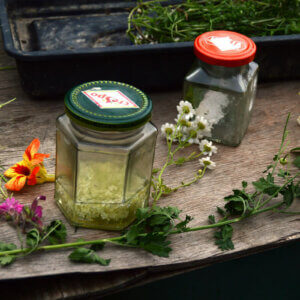
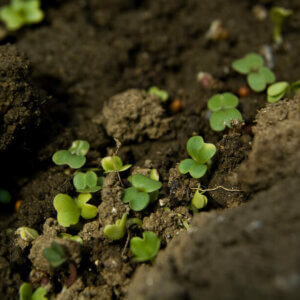
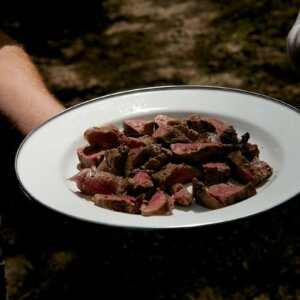
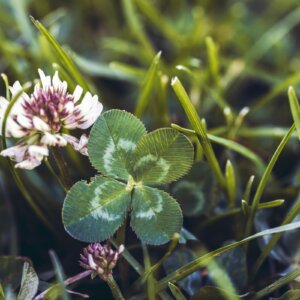
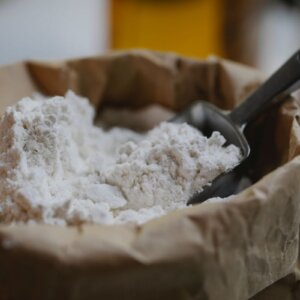
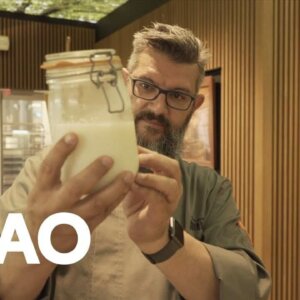
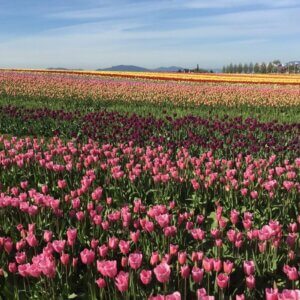

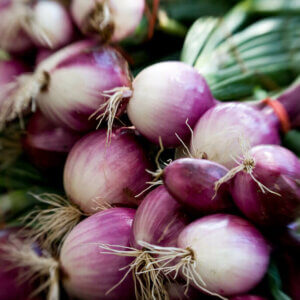
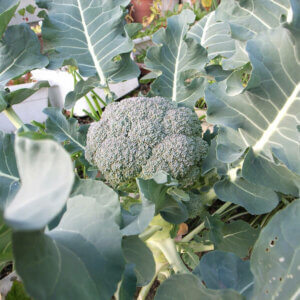
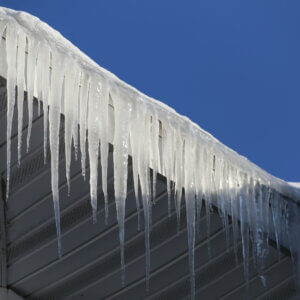
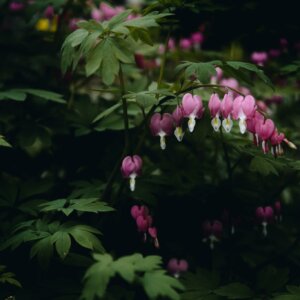
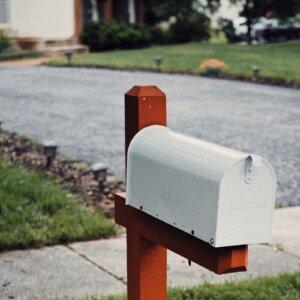
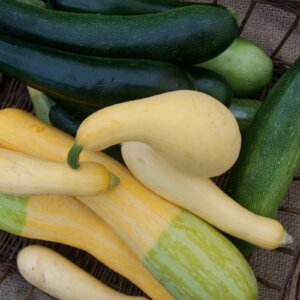
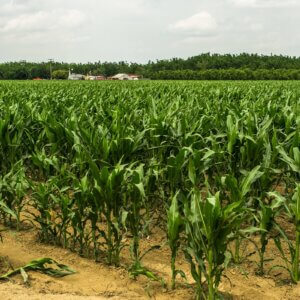
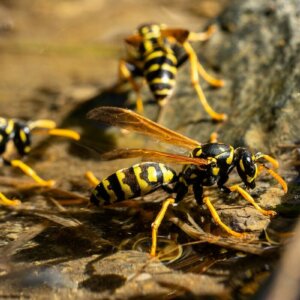



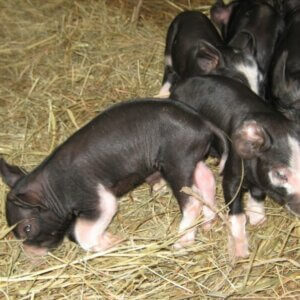
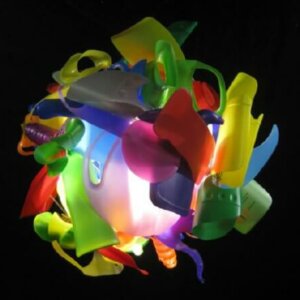



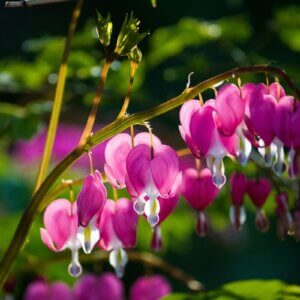
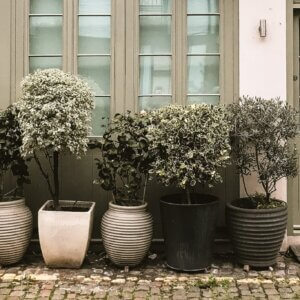

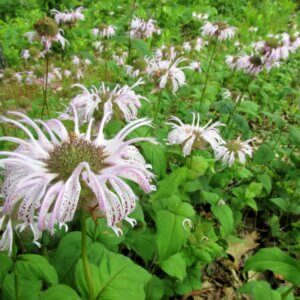
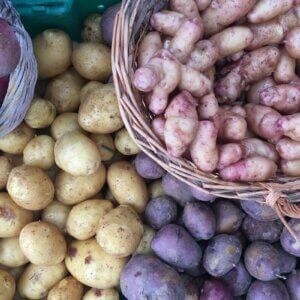
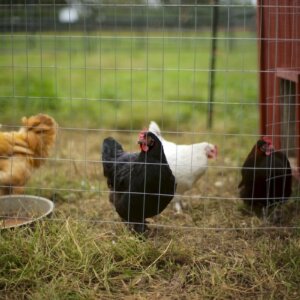
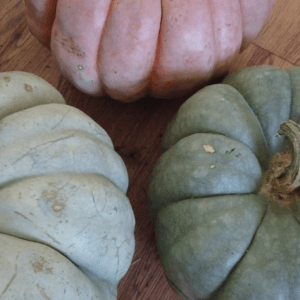
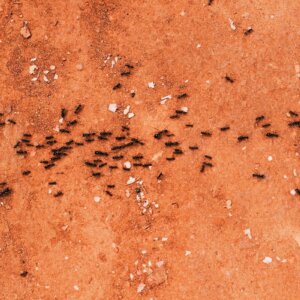
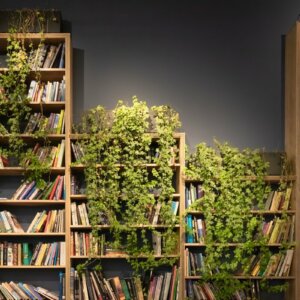


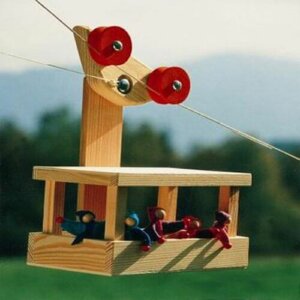
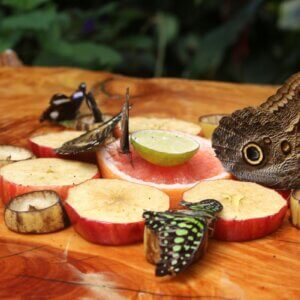

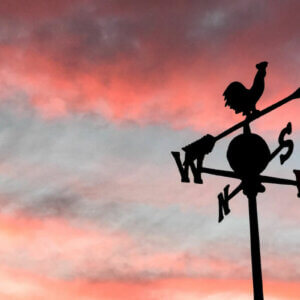
Can trillium be grown in containers and can it make a house plant?